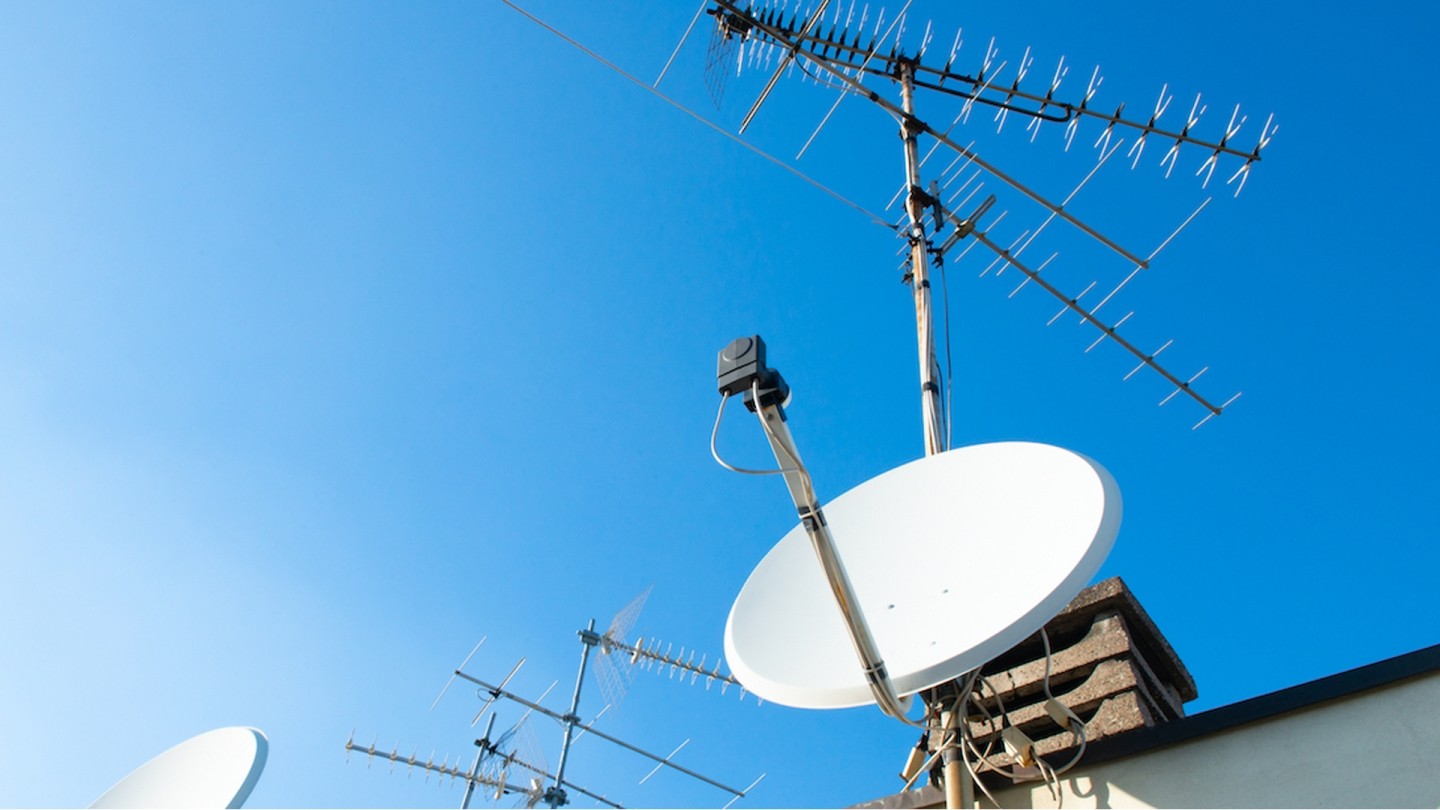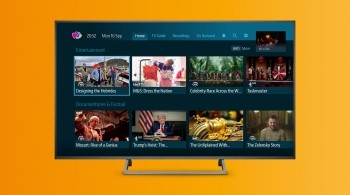When it comes to free TV, your two main options are aerial and satellite TV. Both give you access to some of the best telly - but how do they differ, and which one is the better choice for you?
What is satellite TV and how does it work?
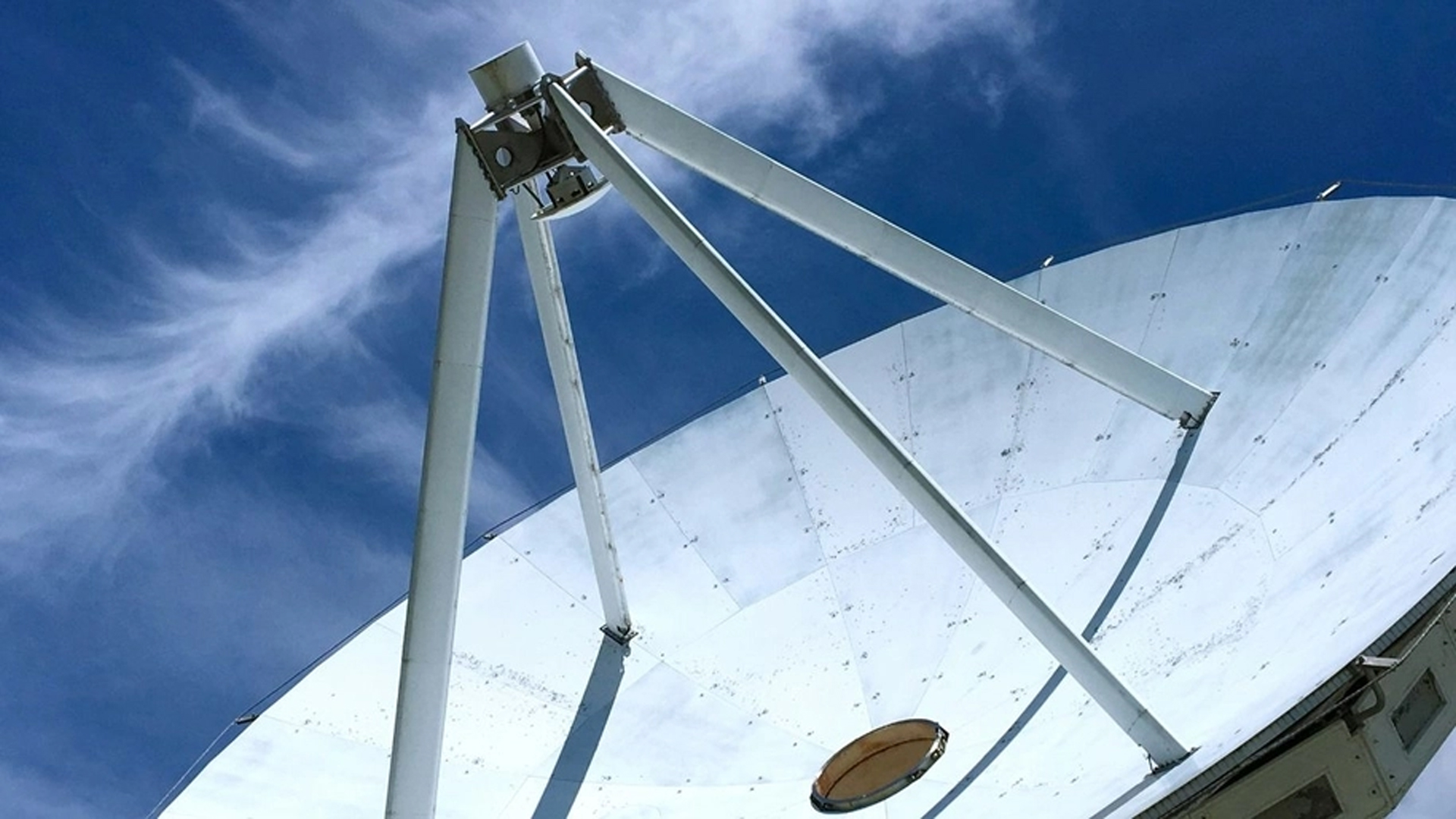
At the most basic level, the key difference between aerial and satellite TV is the way channels arrive at your TV. You'll need a set top box or a TV with built-in capability, but satellite TV, like Freesat, broadcasts over satellite - but you probably could have guessed that.
Satellite channels are broadcast from a TV station on earth to geostationary satellites which are orbiting above us in space. The signals are then returned to earth and received by your satellite dish. The satellite receiver, either a set top box or a tuner built into your television, will then decode the television show so you can sit back and enjoy!
Key advantages of satellite TV
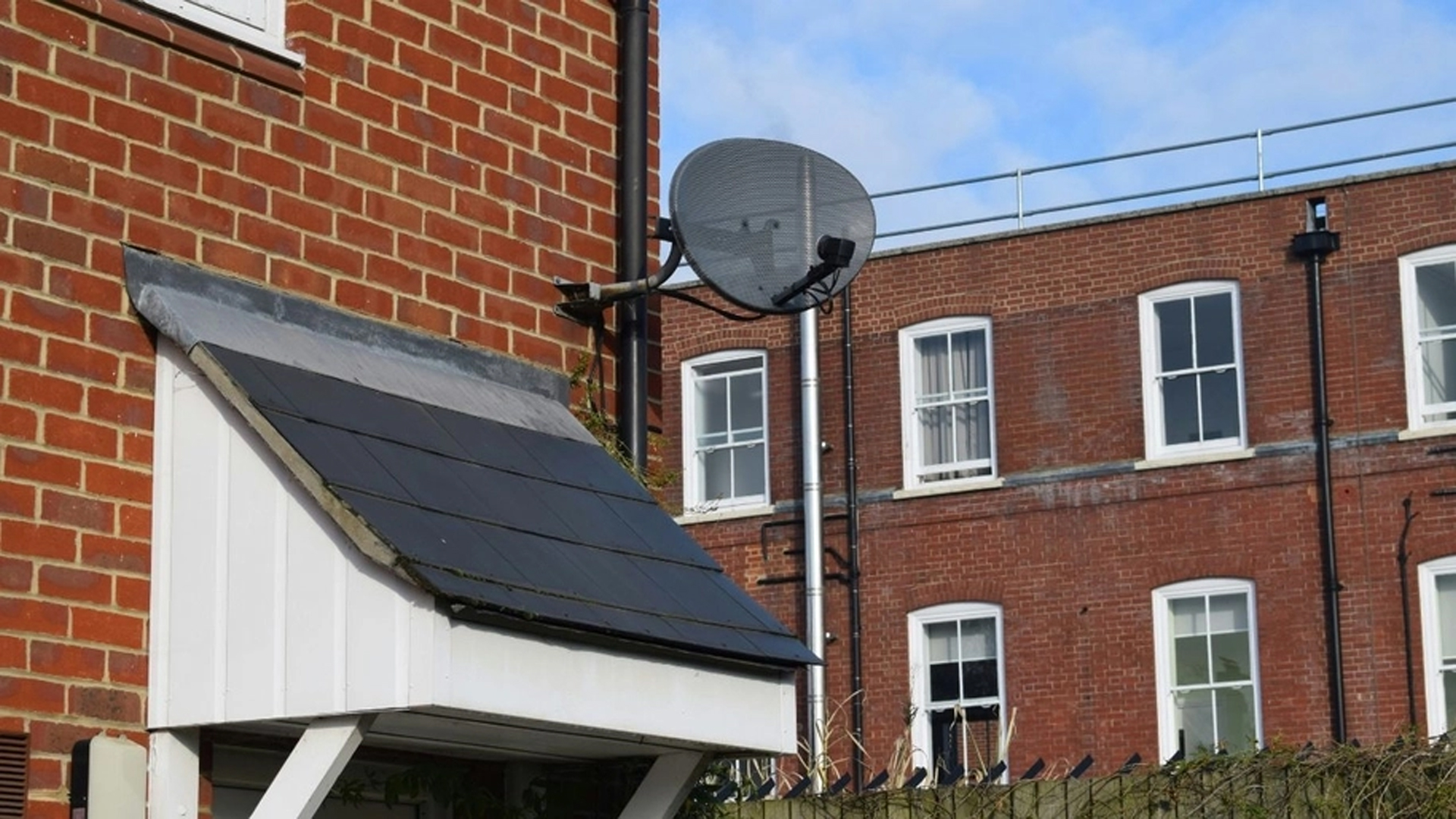
To pick up this signal, all satellite dishes will be pointed in the same direction to give them a clear line of sight to the geostationary satellite orbiting in space. This provides one of the main benefits of satellite TV – it has great coverage. Having satellite TV means that if you’re in an area with poor aerial signal, satellite TV is likely to give you better, more reliable signal and a higher-quality television viewing experience. Whether you’re in a city, out in the countryside, in a caravan or even on a boat, your picture will be as clear as day.
Not only that, but because satellite signals aren’t restricted by area, it is able to carry more TV channels for you to enjoy, with Freesat supporting over 100 channels.[1] Plus, whenever new channels are added to the platform or channel numbers are changed, they are updated automatically, whereas with aerial you’d have to do a new channel scan each time to pick up these changes.
What is aerial TV and how does it work?
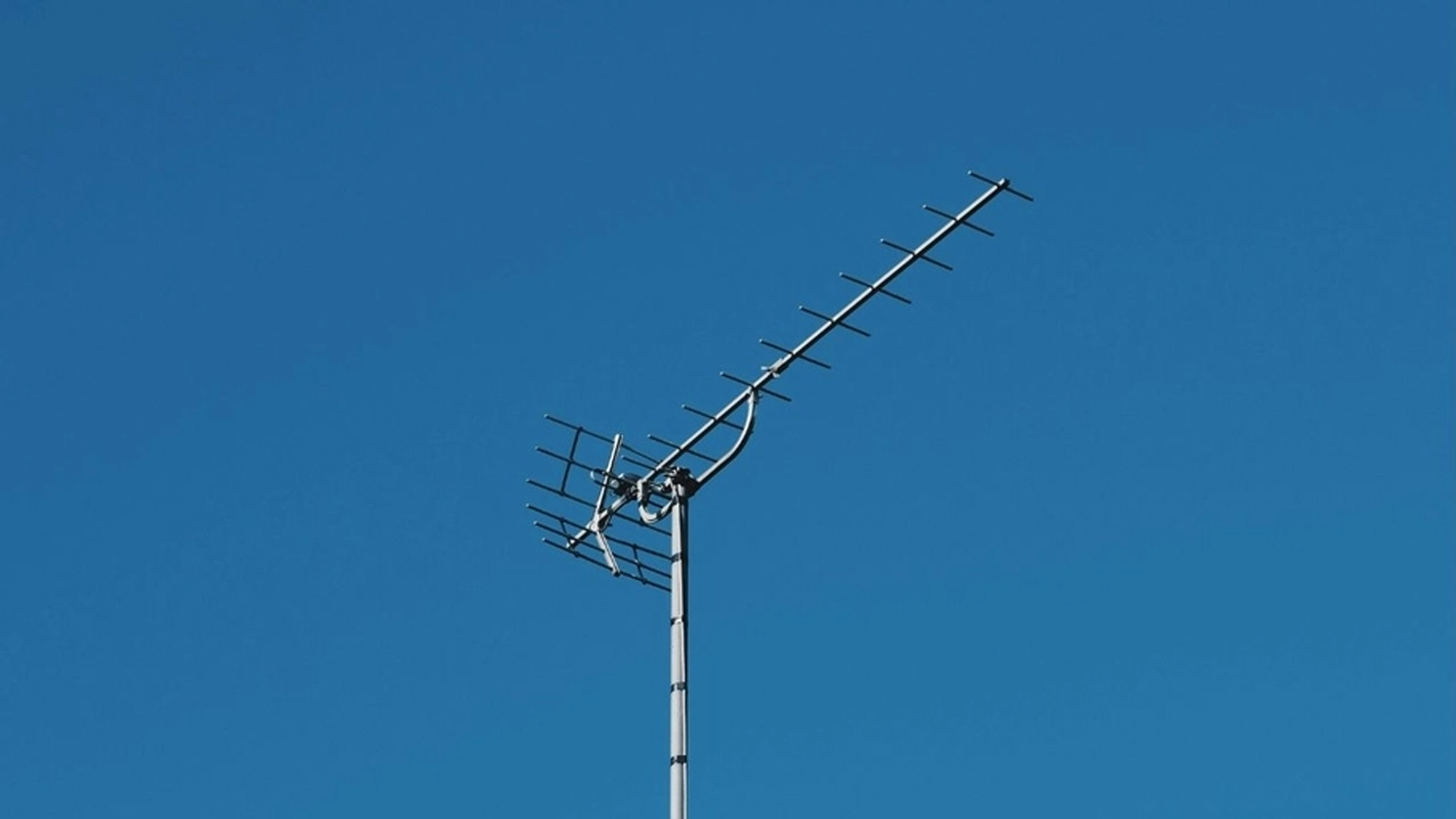
Aerial signals (or terrestrial signals), like you’d get from Freeview, are sent from transmission towers dotted across the UK to an antenna attached to your house or a smaller, indoor antenna which will be by your television. The difference between satellite TV and aerial TV is that rather than the television broadcast being sent to a satellite in space then back down to satellite dishes on earth, television broadcasts are sent from a radio mast or tower on earth directly to the antenna you have at home.
This means aerial television signal quality can be more variable depending on where you are. If you live down in the valleys, for example, you might have a more temperamental signal, poor reception or a low-quality picture if you were trying to watch terrestrial television.
The number of channels you get via terrestrial TV also vary depending on area. For example, if you live in London your signal will likely get more channels than you would if you lived in, say, East Sussex, because some transmitters are able to broadcast more channels and services than others.
Benefits of using Freesat for your telly binges
- Subscription-free satellite TV – no monthly payments, ever![2] Simply purchase your Freesat TV Box or a TV with Freesat built-in, plug into your satellite dish and start watching your favourite telly right away.
- Enjoy 100+ TV channels, 30 radio stations and 15 HD channels no matter where you are.
- Pause and rewind live TV
- Record up for four different shows at once with Freesat’s 4K box[3] and set programmes to record from our mobile app[4]
- Watch your favourite telly in stunning 4K with the latest Freesat 4K TV boxes[5]
- Connect with streaming and on demand accounts, including BBC iPlayer, ITVX, My5, Netflix, Prime Video, UKTV Play and many more top players[6]
- Backwards EPG so you can search for shows you might have missed
- Interactive services including the BBC Connected Red Button
- Parental controls for family-friendly telly
- Accessibility options such as a high contrast UI, subtitles and audio descriptions
- Curated content suggestions from our telly experts
Got any other questions for us? Head to our FAQs page to find out more about getting started with Freesat, or take a closer look at our 4K TV Box to see what benefits you can enjoy when you switch to Freesat - the smart choice for TV lovers.
Now you know how the TV work, check out what’s on!
